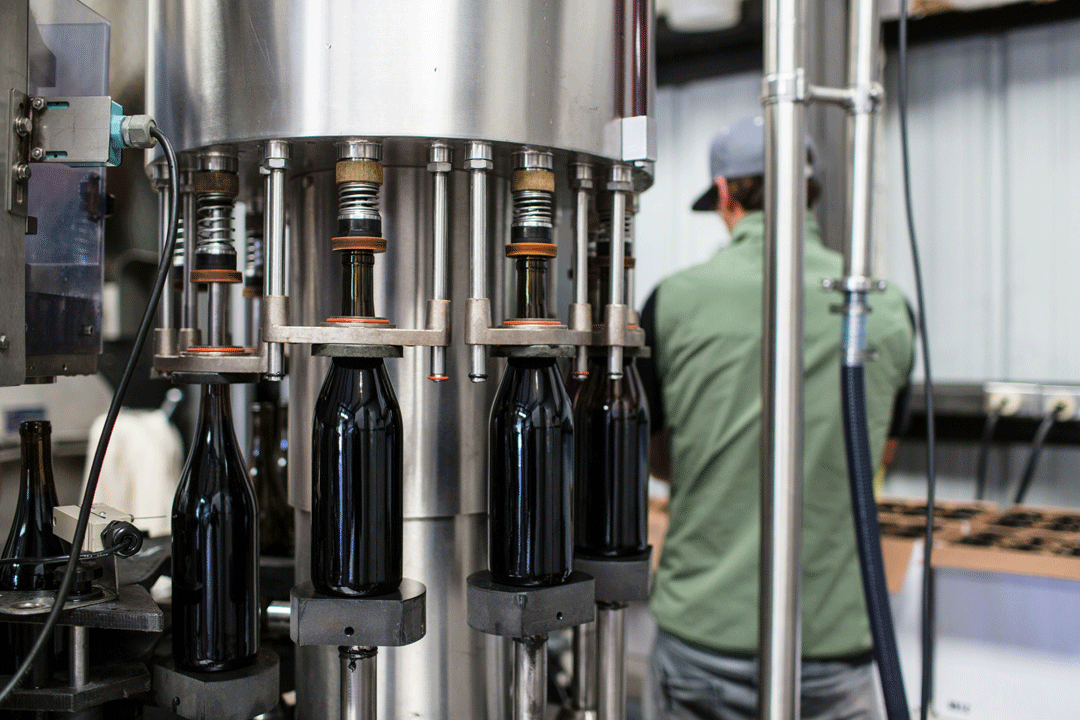Food and Beverage Gases
Food and beverage gases play a crucial role in various aspects of the food and beverage industry.
Here’s a breakdown of the primary gases used and their applications:
Carbon Dioxide (CO2):
-
- Carbonation: CO2 is used to carbonate beverages like soda, beer, and sparkling water.
- Preservation: CO2 can extend the shelf life of products by creating a modified atmosphere that inhibits microbial growth.
- Maturation: In the wine making process, CO2 can be used to control the fermentation process and enhance the final flavor profile.
Nitrogen (N2):
-
- Packaging: Nitrogen is used as a packaging gas to displace oxygen and prevent spoilage. It’s commonly used in packaging chips, snacks, and coffee.
- Blanching: Nitrogen can be used to blanch fruits and vegetables quickly, preserving their color and texture.
Oxygen (O2):
-
- Combustion: Oxygen is essential for combustion processes, such as those used in ovens and grills.
- Maturation: In some cases, oxygen is used in controlled amounts to promote the aging and maturation of certain beverages, like wine.
Argon (Ar):
-
- Packaging: Argon can be used as a packaging gas to create a modified atmosphere that inhibits microbial growth.
Contact Us via Email


